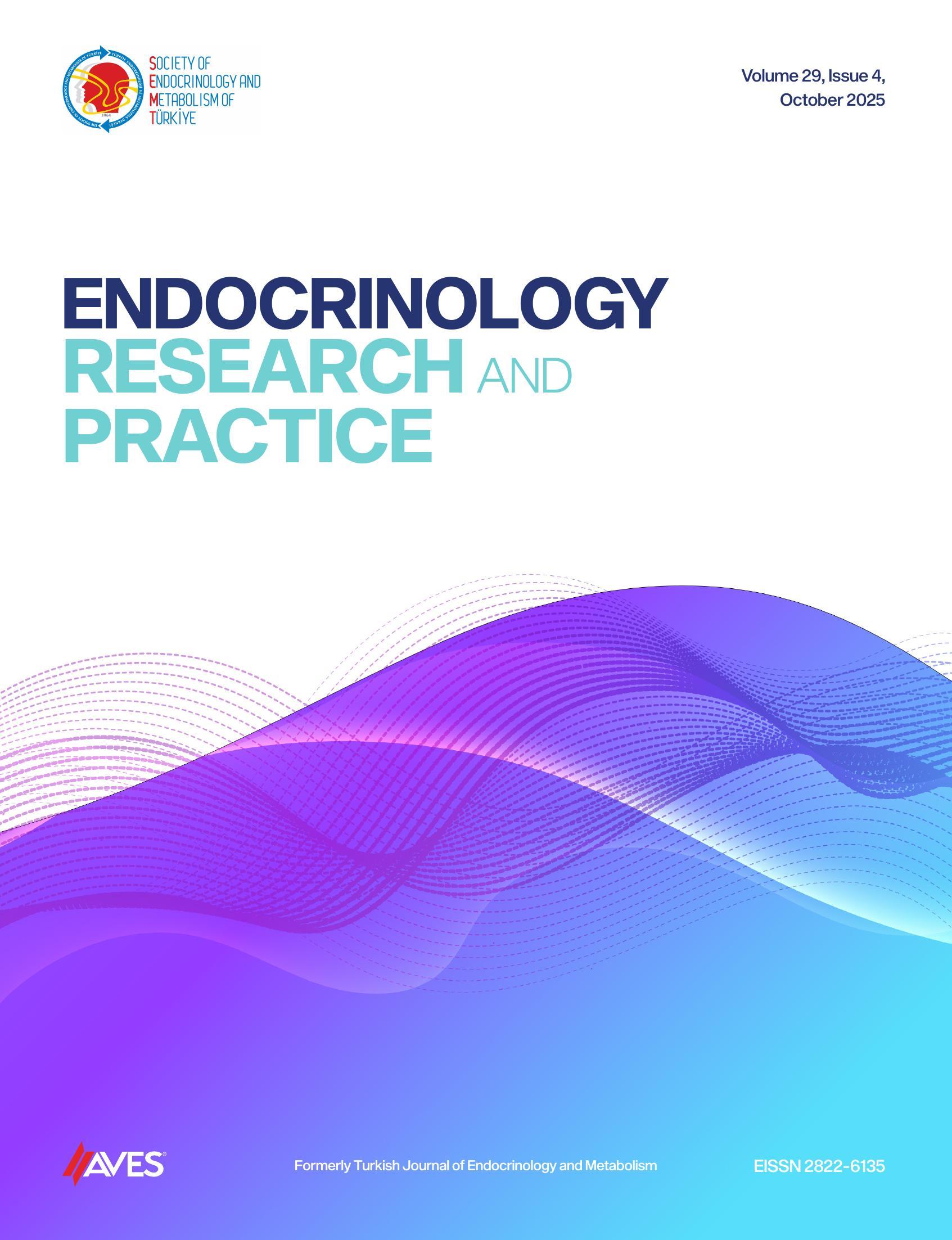ABSTRACT
Purpose: In this study, we have investigated whether administration of a chronic low dose of 3-iodothyronamine (T1AM) could regulate the concentration of uncoupling protein 1 (UCP1) in mice inguinal white adipose tissue (IWAT).
Material and Method: Eighteen male mice were randomly divided into treatment (n=10) and control (n=8) groups. The experimental procedure was applied for seven days during which, the test group received T1AM dissolved in DMSO and saline, whereas the control group received only DMSO and normal saline. The inguinal white adipose tissue was analyzed for UCP1 and the serum was tested for non-esterified fatty acids concentration.
Results: There was a significant increase (P=0.01) in the UCP1 concentration (149±27.28) of test group when compared to the control (102±38.52). Interestingly the concentration levels of non-esterified fatty acids did not show any significant increase (P=0.14) between the two groups.
Discussion: 3-iodothyronamine increased the UCP1 concentration in IWAT in mice just like T3 and it was also able to manipulate the white adipose tissue for the promotion of thermogenesis and weight loss. According to our findings, T1AM enhanced browning responses in white adipocytes just like T3.

-1(1).png)

.png)